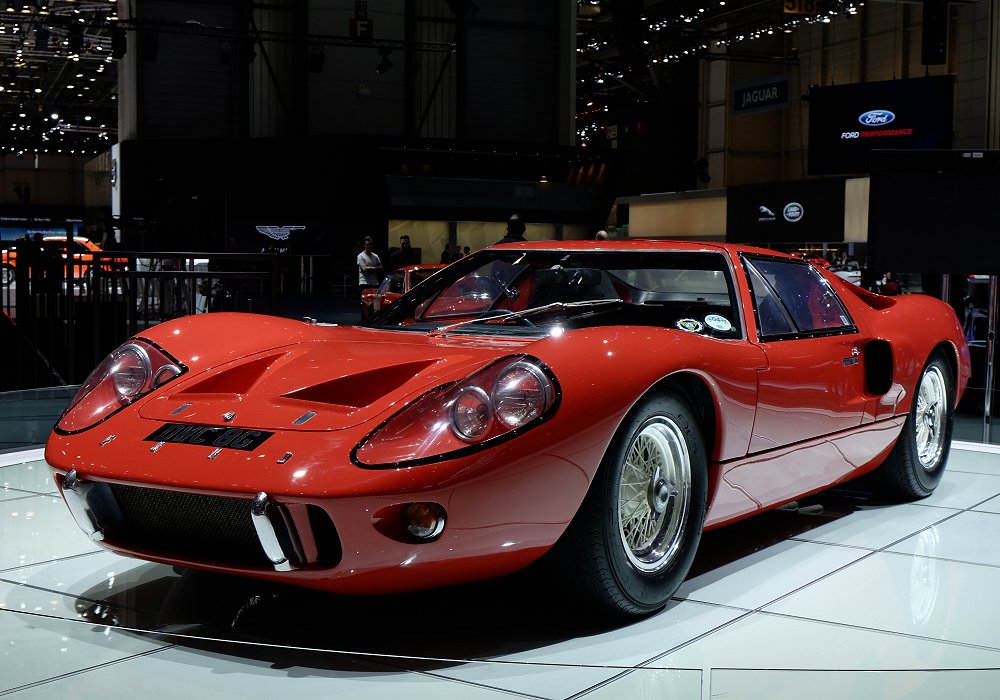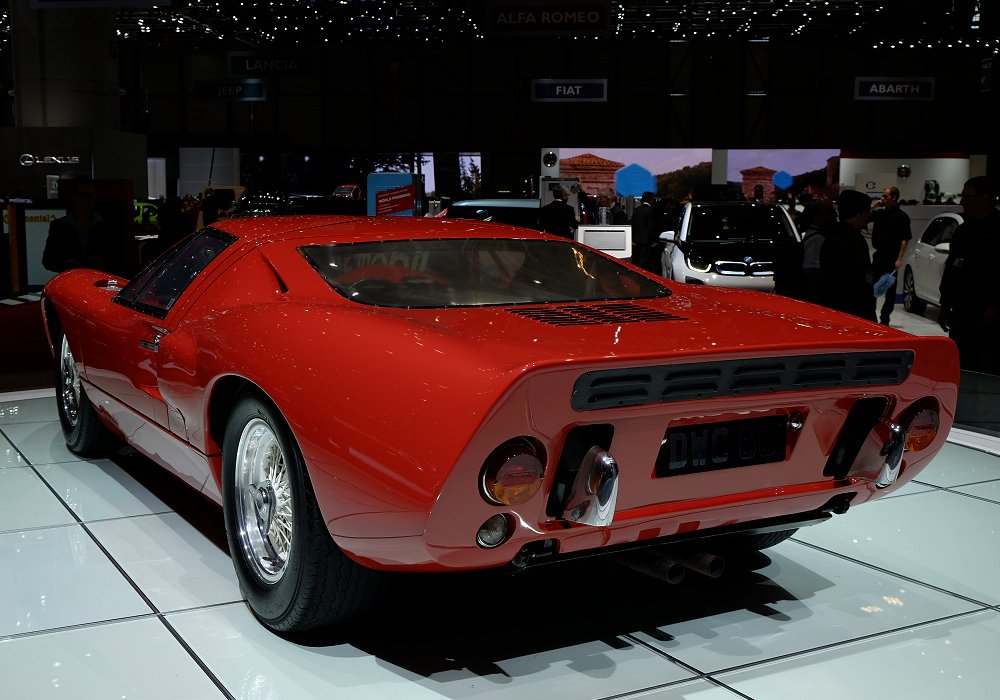Description
The Ford GT40 Mk III was the rarest and most refined member of the GT40 family, designed specifically as a true road car rather than a race machine adapted for the street. While the Mk I and Mk II had been focused on endurance racing and Le Mans victories, the Mk III was conceived in 1967 to give wealthy enthusiasts a more practical, usable version of Ford’s world-beating supercar. Only seven examples were ever built, making it one of the most exclusive Ford vehicles of all time.
On the outside, the Mk III was clearly related to the earlier GT40s but featured a number of changes to make it more road-friendly. The nose was slightly lengthened and reshaped to accommodate four round headlamps instead of the two found on the racers, giving it a more conventional appearance. The rear bodywork was also extended to provide space for luggage compartments, making the car better suited to long-distance touring. While still incredibly low at just 40 inches tall, the Mk III had smoother lines and a less aggressive stance, signaling its purpose as a refined supercar rather than a pure endurance racer.
Inside, the Mk III offered more comfort than any previous GT40. Unlike the cramped racing-focused interiors of the Mk I and Mk II, the Mk III featured leather-trimmed seats, sound insulation, carpeting, and even a proper dashboard with a full set of road-oriented instruments, including a speedometer and odometer. The cabin was wider and more accommodating, with improved ventilation and space for luggage behind the seats and in the rear compartments. It was still tight compared to a conventional grand tourer, but by supercar standards of the 1960s, it was remarkably luxurious.
Powering the GT40 Mk III was Ford’s 289 cubic inch (4.7-liter) small-block V8, the same engine that had powered the Mk I racers but tuned for greater drivability and reliability on the road. Producing around 306 horsepower, it was less extreme than the 427 big-block found in the Mk II, but still delivered outstanding performance for its era. Mated to a ZF five-speed manual transaxle, the Mk III could accelerate from 0 to 60 mph in around 5 seconds and reach a top speed of approximately 165 mph, figures that placed it firmly among the fastest road cars of the 1960s.
On the road, the Mk III retained the sharp handling and balance of its racing siblings, thanks to its lightweight chassis and mid-engine layout. However, the suspension was softened slightly for greater comfort, and the gearing was adjusted to make highway cruising more relaxed. It was still a demanding car to drive, with heavy controls and limited visibility, but it was far more usable than the competition-bred Mk I and Mk II.
The GT40 Mk III was extremely expensive and exclusive, aimed at a tiny audience of buyers who wanted a road-going version of Ford’s Le Mans winner. Its production run of just seven cars reflected the limited demand for such an extreme machine, but those who purchased one effectively owned a race car disguised as a luxury supercar.
Today, the Ford GT40 Mk III is one of the most valuable and sought-after classic cars in the world. Its rarity, combined with its direct lineage to one of the greatest racing programs in history, makes it a crown jewel for collectors. Unlike the Mk I and Mk II, which are remembered primarily for their competition successes, the Mk III represents the GT40’s ultimate evolution into a road car, proving that Ford’s Le Mans legend could also exist outside the track.

